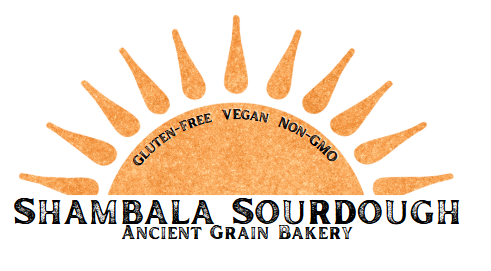
Quinoa
A grain crop that is grown for its edible seeds, it is pronounced KEEN-wah. Quinoa is non-GMO, Gluten free and usually grown organically as it is in our flour blends. Even though not technically a grain, it still counts as a “whole grain” food.
There are three main types of quinoa… white, red and black.
There are thousands of trace nutrients in there, and some of them are extremely healthy. This includes interesting molecules called flavonoids, which are plant antioxidants that have been shown to have all sorts of beneficial effects on health. These important molecules have been shown to have anti-inflammatory, anti-viral, anti-cancer and anti-depressant effects… at least in animal studies.
Another important benefit of quinoa is that it is high in fiber:
One study that looked at 4 varieties of quinoa found a range of between 10 and 16 grams of fiber, per every 100 grams of uncooked quinoa. This equals 17-27 grams per cup, which is very high… more than twice as high as most grains. Boiled quinoa contains much less fiber, gram for gram, because it absorbs so much water.
Quinoa is an exception to this, being particularly high in all the essential amino acids. For this reason, quinoa is an excellent source of protein. It has both more and better protein than most grains.
The glycemic index is a measure of how quickly foods raise blood sugar levels. Such foods have also been linked to many of the chronic, Western diseases that are so common today… like diabetes and heart disease. Quinoa has a glycemic index of 53, which is considered low.
This is particularly true of some minerals… especially Magnesium, Potassium, Zinc and (for women) Iron. Interestingly, quinoa is very high in all 4 minerals. It is particularly high in magnesium, with one cup having about 30% of the RDA.
Quinoa also happens to be very high in antioxidants. Antioxidants are substances that neutralize free radicals and are believed to help fight ageing and many diseases. One study looked at antioxidants in 10 foods… 5 cereals, 3 pseudo-cereals and 2 legumes. Quinoa had the highest antioxidant content of all 10.
